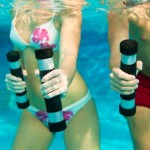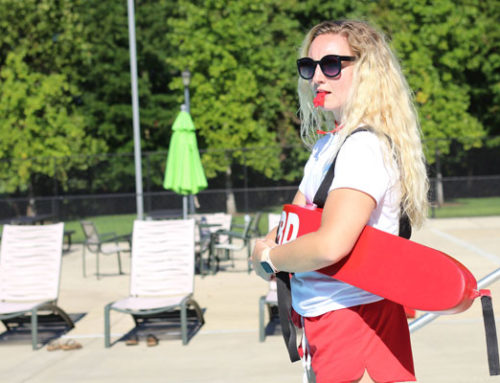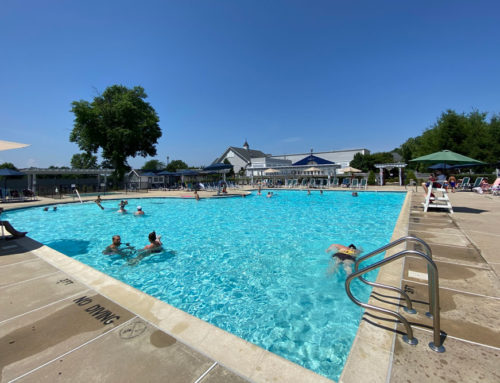Effective pool management should go beyond the regular maintenance tasks of water preparation, chemical distribution and swimmer protection. Running a pool should also include community outreach programs to enhance your facility’s reputation in the local area, and one of the best ways to accomplish this is through aquatic exercise programs.
Not every patron is an Olympic swimmer or even a middling athlete, but anybody can participate in low-impact, low-intensity aquatic exercises. From water aerobics to submerged running, your pool can be the perfect place for patrons to get in shape while staying cool and avoiding crowded and sometimes stressful gyms. If your pool needs a new surge of exposure in the community, aquatic exercise programs can put you on the map.
Water workouts work
When you think of aquatic exercises, you might have an image of elderly people engaging in slow-moving activities while in medium-depth water. It might not seem like the movements have much of an effect, but a study conducted by researchers at Greece’s University of Thrace and published in The Sport Journal proved otherwise.
The researchers gathered 31 healthy adults between the ages of 60 and 82 to participate in an investigation on the effects of hot water exercise on joint pain and mental states. The subjects were split into an exercise group that engaged in 45-minute aquatic exercise sessions across 20 consecutive days, and a control group that didn’t participate in any organized activities.
The study found that, not only did working out in a pool improve the seniors’ joint pain and mobility, but the subjects were more engaged in their workouts, reported higher energy levels throughout the day and said they felt more peaceful after their workouts.
AZ Central explained that, because water reduces the stress placed on joints, elderly people or those with arthritis or other mobility-reducing conditions can benefit from pain-free exercise. Aquatic exercises are a two-pronged method of improving joint mobility – in addition to reducing discomfort, constant activity builds up muscle that serves as added support for joints.
Pick the right activities
It’s not enough to expect seniors and those with joint problems to hop in your pool all by themselves. Some people prefer organized activities to get them in the water and moving around.
TIME magazine explained that most simple activities on land become fantastically effective exercises in the water. For example, millions of seniors heard their physicians tell them to get out and walk more, and if your potential patrons fall into this demographic, you should create classes or clubs to get them into the water.
Walking, running and similar activities are what’s known as resistance workouts. While strength training uses weights and other equipment, resistance workouts use the natural impetuses of gravity and drag to build muscle. Water is a particularly good medium for resistance workouts because swimmers are always fighting to move through it, unlike air, which offers virtually no drag.
TIME recommended at least 30 minutes of pool running or walking, and the more ambitious athletes can perform faster and slower intervals to keep their bodies guessing.
Odds are that your patrons won’t be satisfied with simply walking around the edge of your facility, but a few inexpensive pieces of equipment can open up nearly limitless exercise possibilities for swimmers of any ability level. Fitness magazine recommended purchasing beach balls for your patrons and teaching them the basic of the “otter roll,” and the “ball lever.”
To perform the otter roll, the swimmer holds a beach ball to his or her chest and, from a prostrate floating position, starts to slowly rock side-to-side. Beginners should keep their heads above water at all times, but more advanced swimmers can try to complete a full rotation before reversing direction. This exercise works the back, midsection and legs.
The ball lever also activates muscles in the back and core, but adds the shoulders and arms into the mix as well. While floating on their stomachs, swimmers should hold their beach balls under water as if pressing it to the bottom of the pool. Swimmers then draw the ball back to their legs in an arch before returning to the original position.






